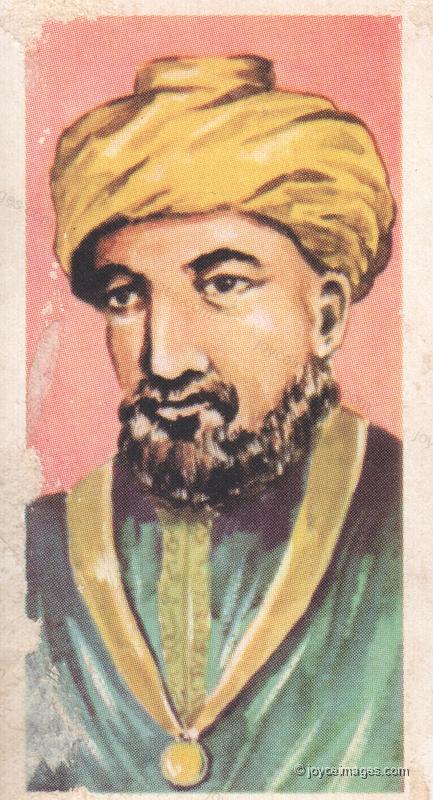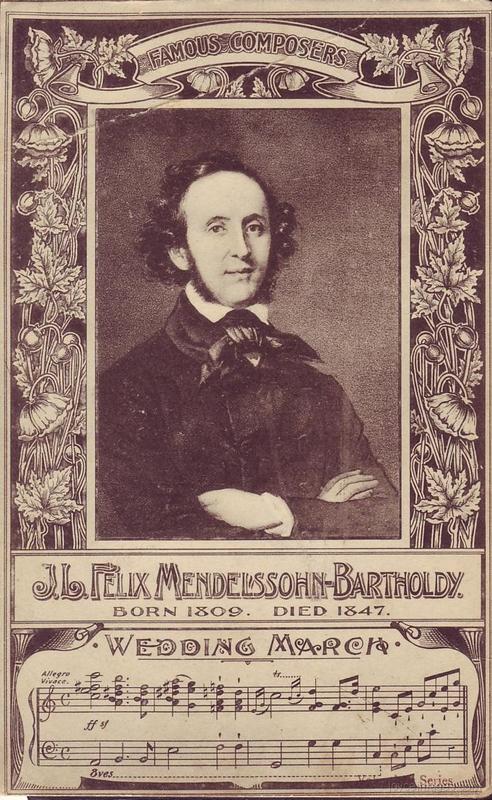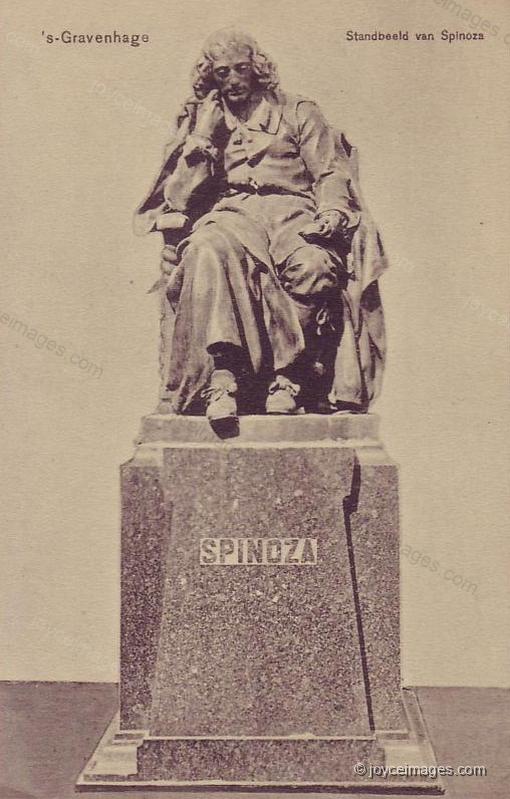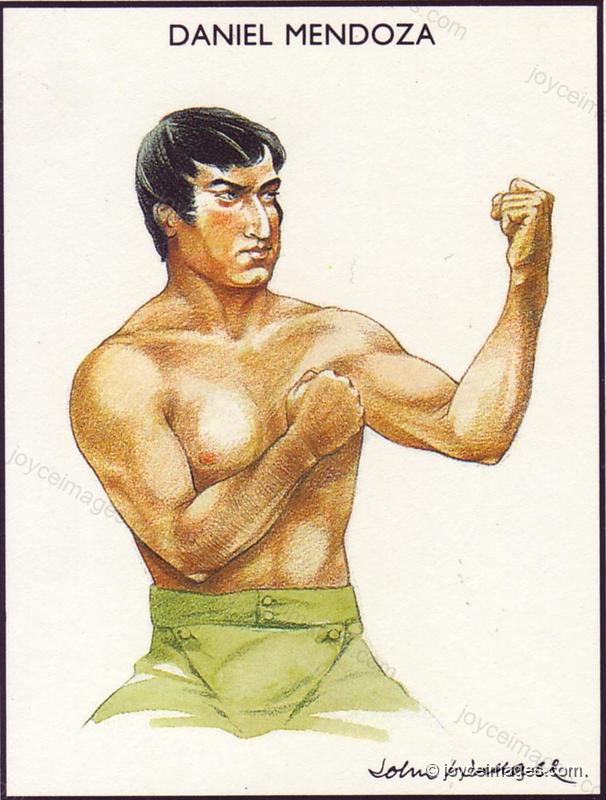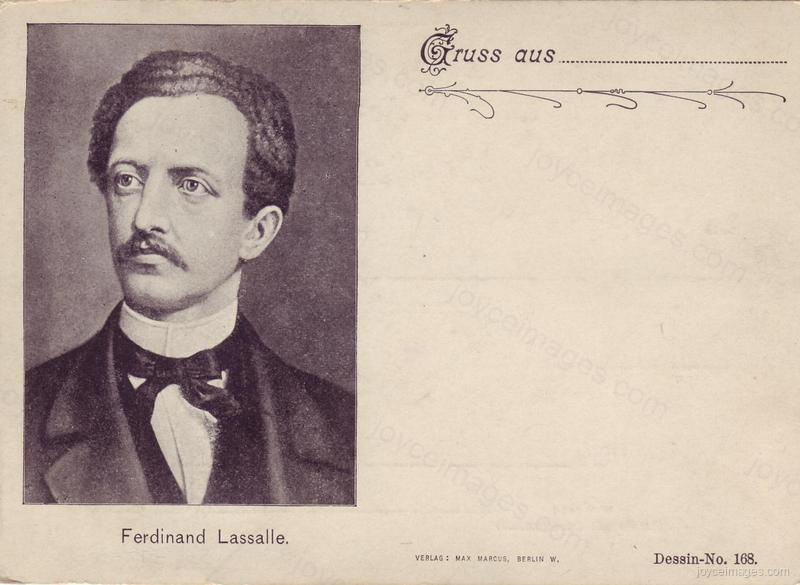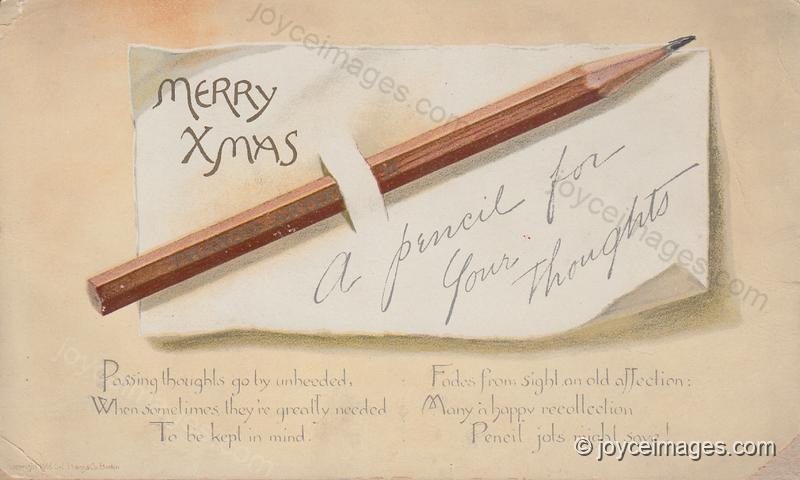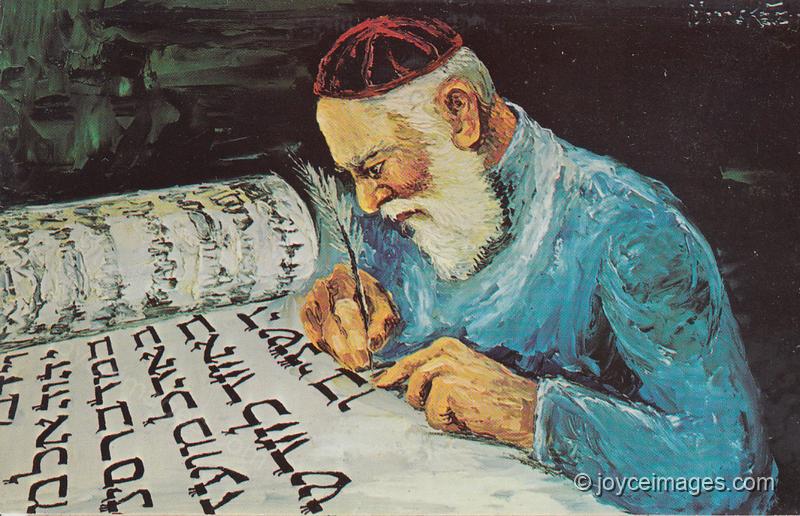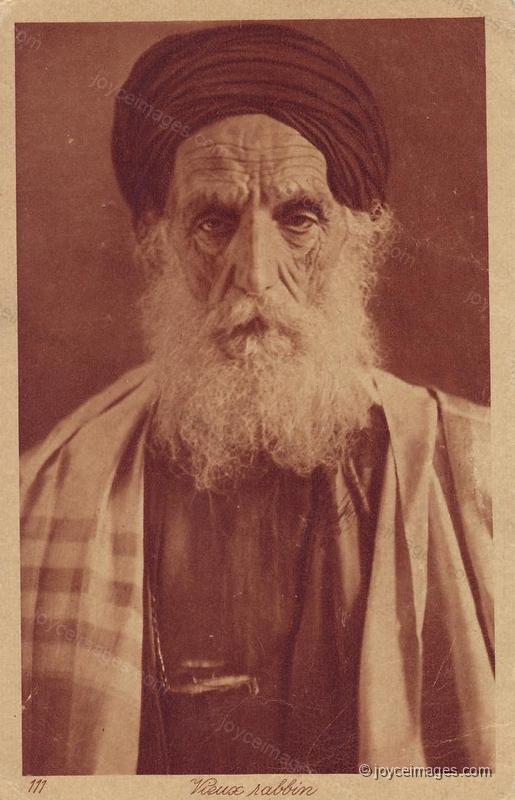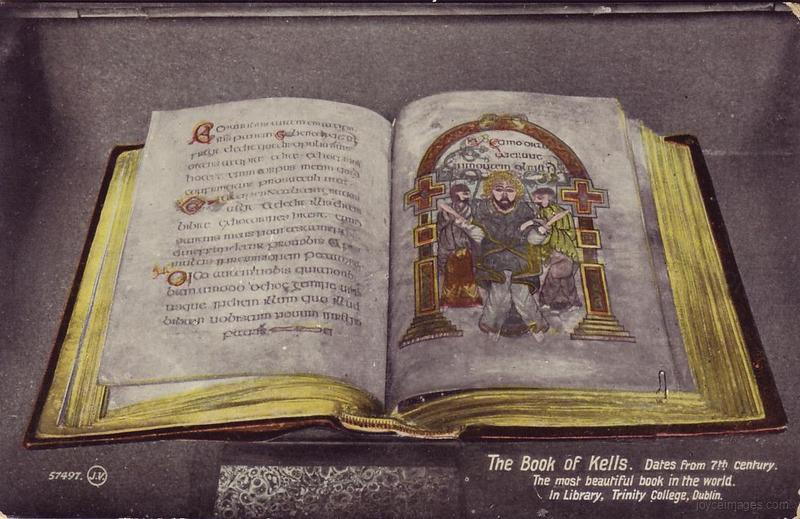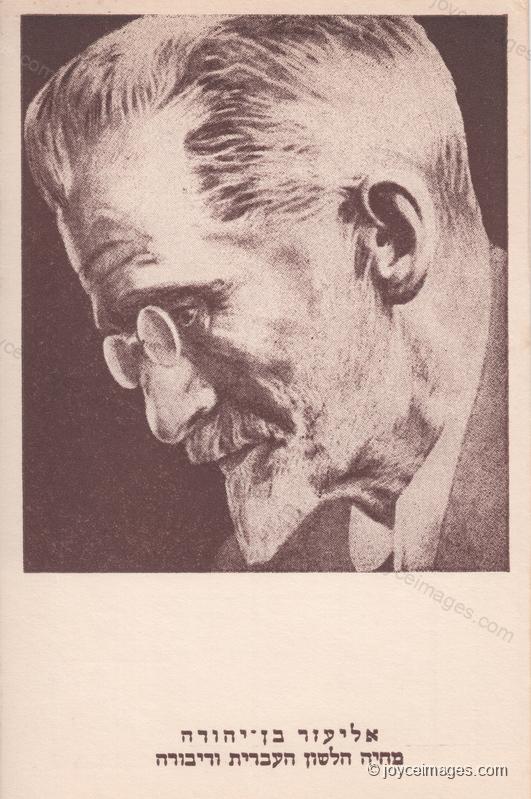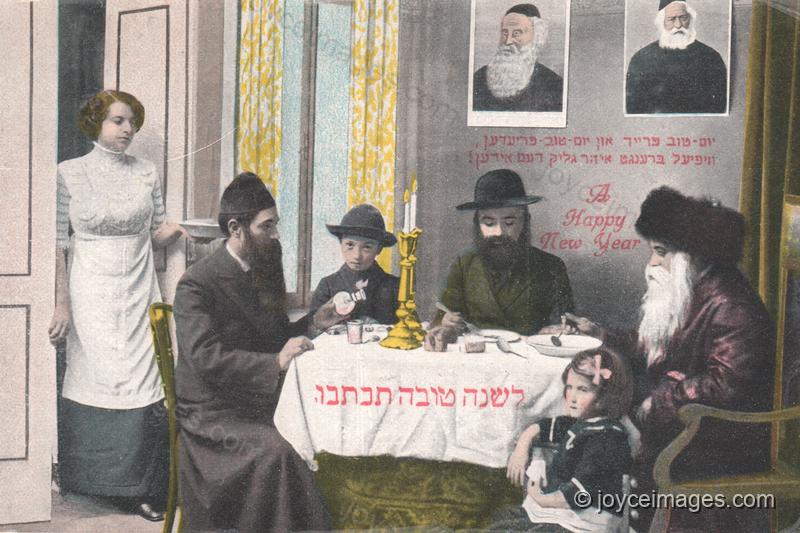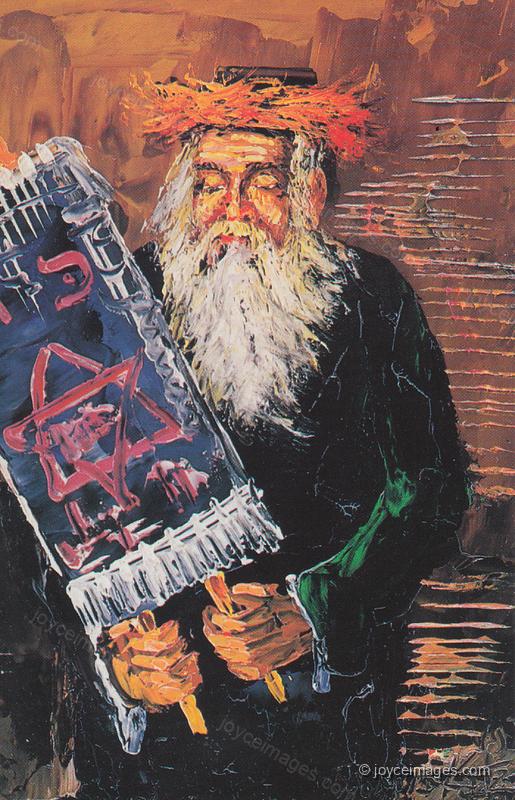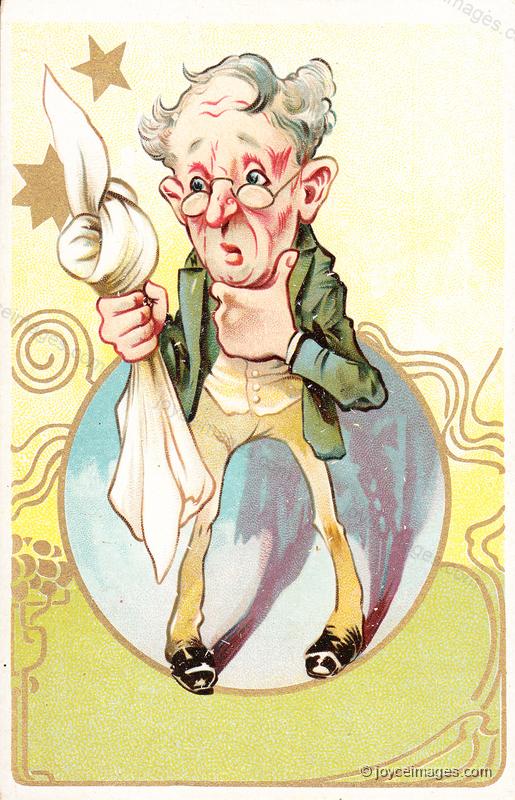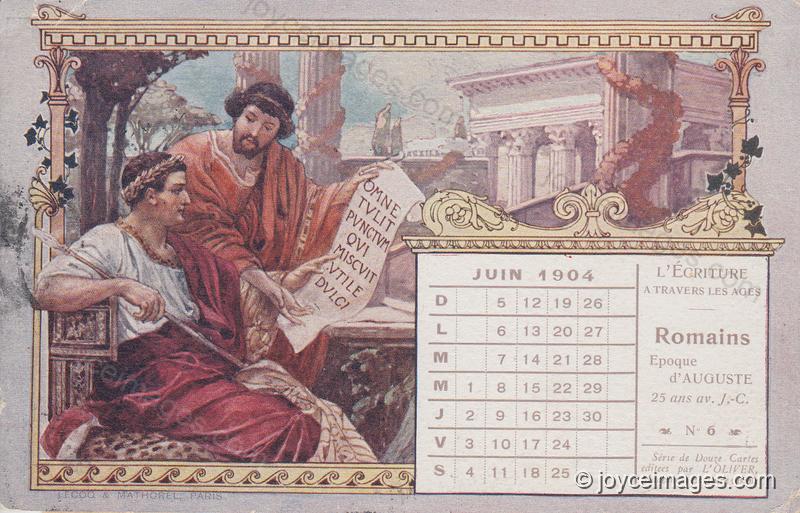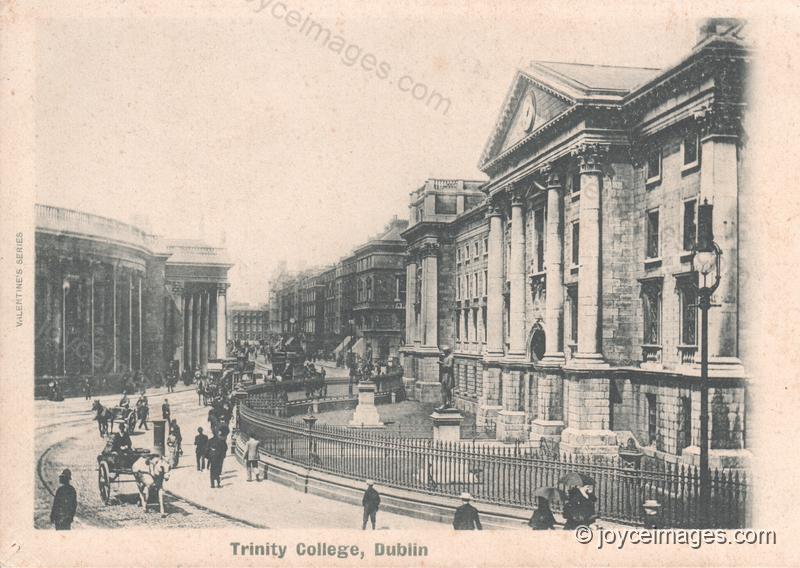"Moses Maimonides, author of More Nebukim (Guide of the Perplexed) and Moses Mendelssohn of such eminence that from Moses (of Egypt) to Moses (Mendelssohn) there arose none like Moses (Maimonides).
What statement was made, under correction, by Bloom concerning a fourth seeker of pure truth, by name Aristotle, mentioned, with permission, by Stephen?
That the seeker mentioned had been a pupil of a rabbinical philosopher, name uncertain." (U17.711)
What statement was made, under correction, by Bloom concerning a fourth seeker of pure truth, by name Aristotle, mentioned, with permission, by Stephen?
That the seeker mentioned had been a pupil of a rabbinical philosopher, name uncertain." (U17.711)
"Were other anapocryphal illustrious sons of the law and children of a selected or rejected race mentioned?
Felix Bartholdy Mendelssohn (composer)," (U17.720)
Felix Bartholdy Mendelssohn (composer)," (U17.720)
"Mendoza (pugilist)," (U17.723)
Daniel 'Dan' Mendoza (1764 - 1836), sometimes called 'the father of scientific boxing,' was an English-Jewish prizefighter, and boxing Champion of England 1792 - 1795. Mendoza's 'scientific style' consisted of more than simply battering opponents into submission; it included a lot of movement, hence his ability to overcome much heavier adversaries. Mendoza was so popular than the London press reported news of one of his bouts ahead of the storming of the Bastille that started the French Revolution. He transformed the English stereotype of a Jew from a weak, indefensible person into someone deserving of respect. He is said to have been the first Jew to talk to the King, George III. He published 'The Art of Boxing' in 1789.
Daniel 'Dan' Mendoza (1764 - 1836), sometimes called 'the father of scientific boxing,' was an English-Jewish prizefighter, and boxing Champion of England 1792 - 1795. Mendoza's 'scientific style' consisted of more than simply battering opponents into submission; it included a lot of movement, hence his ability to overcome much heavier adversaries. Mendoza was so popular than the London press reported news of one of his bouts ahead of the storming of the Bastille that started the French Revolution. He transformed the English stereotype of a Jew from a weak, indefensible person into someone deserving of respect. He is said to have been the first Jew to talk to the King, George III. He published 'The Art of Boxing' in 1789.
"Ferdinand Lassalle (reformer, duellist)." (U17.723)
Ferdinand Lassalle (1825 - 1864), was a Jewish German jurist and socialist political activist. He died following a duel with Count von Racowitza over a young lady, Hélène von Dönniges, the daughter of a Bavarian diplomat who had convinced his daughter to reject him. The duel took place near Geneva, August 28th 1864. Lassalle was mortally wounded and died a few days later.
Ferdinand Lassalle (1825 - 1864), was a Jewish German jurist and socialist political activist. He died following a duel with Count von Racowitza over a young lady, Hélène von Dönniges, the daughter of a Bavarian diplomat who had convinced his daughter to reject him. The duel took place near Geneva, August 28th 1864. Lassalle was mortally wounded and died a few days later.
"How was a glyphic comparison of the phonic symbols of both languages made in substantiation of the oral comparison?
By juxtaposition. On the penultimate blank page of a book of inferior literary style, entitled Sweets of Sin (produced by Bloom and so manipulated that its front cover came in contact with the surface of the table) with a pencil (supplied by Stephen)" (U17.731)
By juxtaposition. On the penultimate blank page of a book of inferior literary style, entitled Sweets of Sin (produced by Bloom and so manipulated that its front cover came in contact with the surface of the table) with a pencil (supplied by Stephen)" (U17.731)
"Stephen wrote the Irish characters for gee, eh, dee, em, simple and modified," (U17.736)
The Irish alphabet as presented in The Gael magazine, June 1903.
The Irish alphabet as presented in The Gael magazine, June 1903.
"and Bloom in turn wrote the Hebrew characters ghimel, aleph, daleth and (in the absence of mem) a substituted qoph, explaining their arithmetical values as ordinal and cardinal numbers, videlicet 3, 1, 4, and 100." (U17.737)
"historical and religious literatures comprising the works of rabbis and culdees, Torah, Talmud (Mischna and Ghemara), Massor, Pentateuch, Book of the Dun Cow, Book of Ballymote, Garland of Howth," (U17.753)
"their dispersal, persecution, survival and revival: the isolation of their synagogical and ecclesiastical rites in ghetto (S. Mary's Abbey) and masshouse (Adam and Eve's tavern):" (17.755)
"the proscription of their national costumes in penal laws and jewish dress acts: the restoration in Chanah David of Zion and the possibility of Irish political autonomy or devolution." (U17.758)
"What anthem did Bloom chant partially in anticipation of that multiple, ethnically irreducible consummation?
Kolod balejwaw pnimah
Nefesch, jehudi, homijah." (U17.761)
Kolod balejwaw pnimah
Nefesch, jehudi, homijah." (U17.761)
"Why was the chant arrested at the conclusion of this first distich?
In consequence of defective mnemotechnic.
How did the chanter compensate for this deficiency?
By a periphrastic version of the general text." (U17.765)
In consequence of defective mnemotechnic.
How did the chanter compensate for this deficiency?
By a periphrastic version of the general text." (U17.765)
"In what common study did their mutual reflections merge?
The increasing simplification traceable from the Egyptian epigraphic hieroglyphs to the Greek and Roman alphabets and the anticipation of modern stenography and telegraphic code in the cuneiform inscriptions (Semitic) and the virgular quinquecostate ogham writing (Celtic).
Did the guest comply with his host's request?
Doubly, by appending his signature in Irish and Roman characters." (U17.769)
The increasing simplification traceable from the Egyptian epigraphic hieroglyphs to the Greek and Roman alphabets and the anticipation of modern stenography and telegraphic code in the cuneiform inscriptions (Semitic) and the virgular quinquecostate ogham writing (Celtic).
Did the guest comply with his host's request?
Doubly, by appending his signature in Irish and Roman characters." (U17.769)
"What future careers had been possible for Bloom in the past and with what exemplars?
In the church, Roman, Anglican or Nonconformist: exemplars, the very reverend John Conmee S. J., the reverend T. Salmon, D. D., provost of Trinity college, Dr Alexander J. Dowie. At the bar, English or Irish: exemplars, Seymour Bushe, K. C., Rufus Isaacs, K. C. " (U17.787)
In the church, Roman, Anglican or Nonconformist: exemplars, the very reverend John Conmee S. J., the reverend T. Salmon, D. D., provost of Trinity college, Dr Alexander J. Dowie. At the bar, English or Irish: exemplars, Seymour Bushe, K. C., Rufus Isaacs, K. C. " (U17.787)
